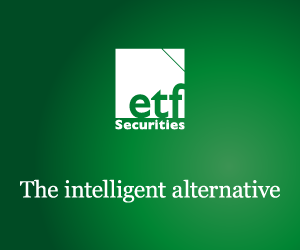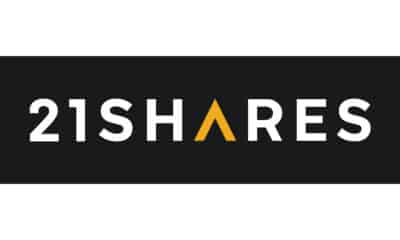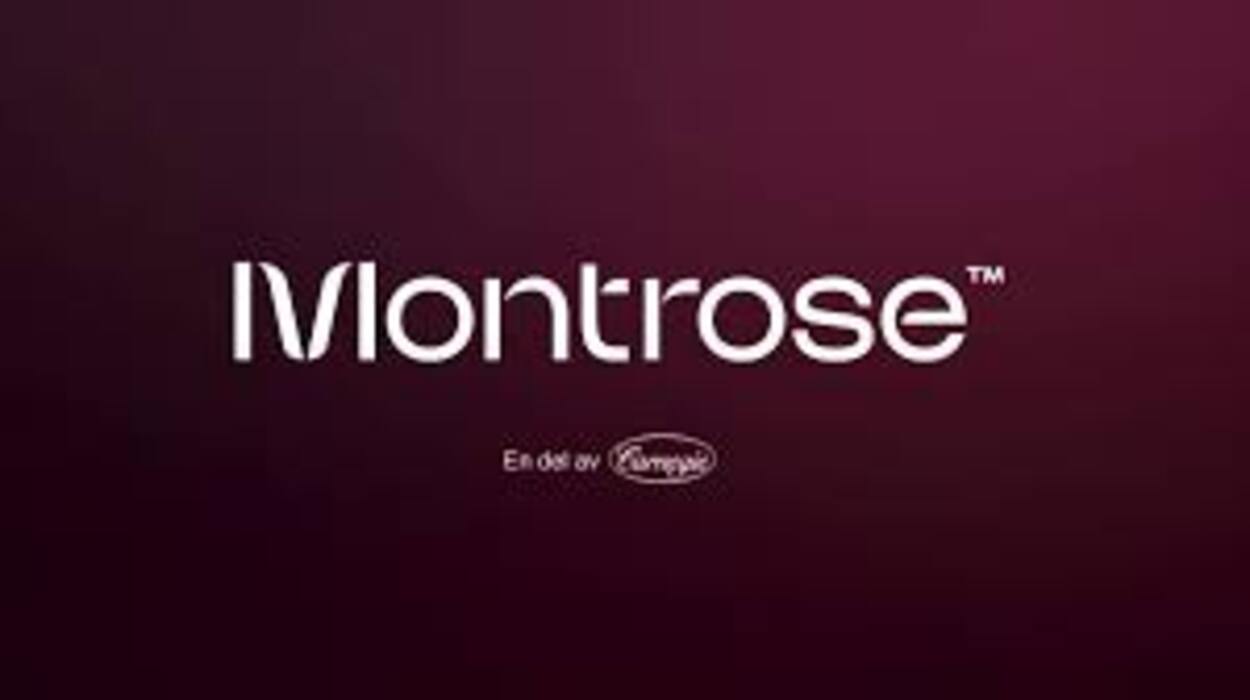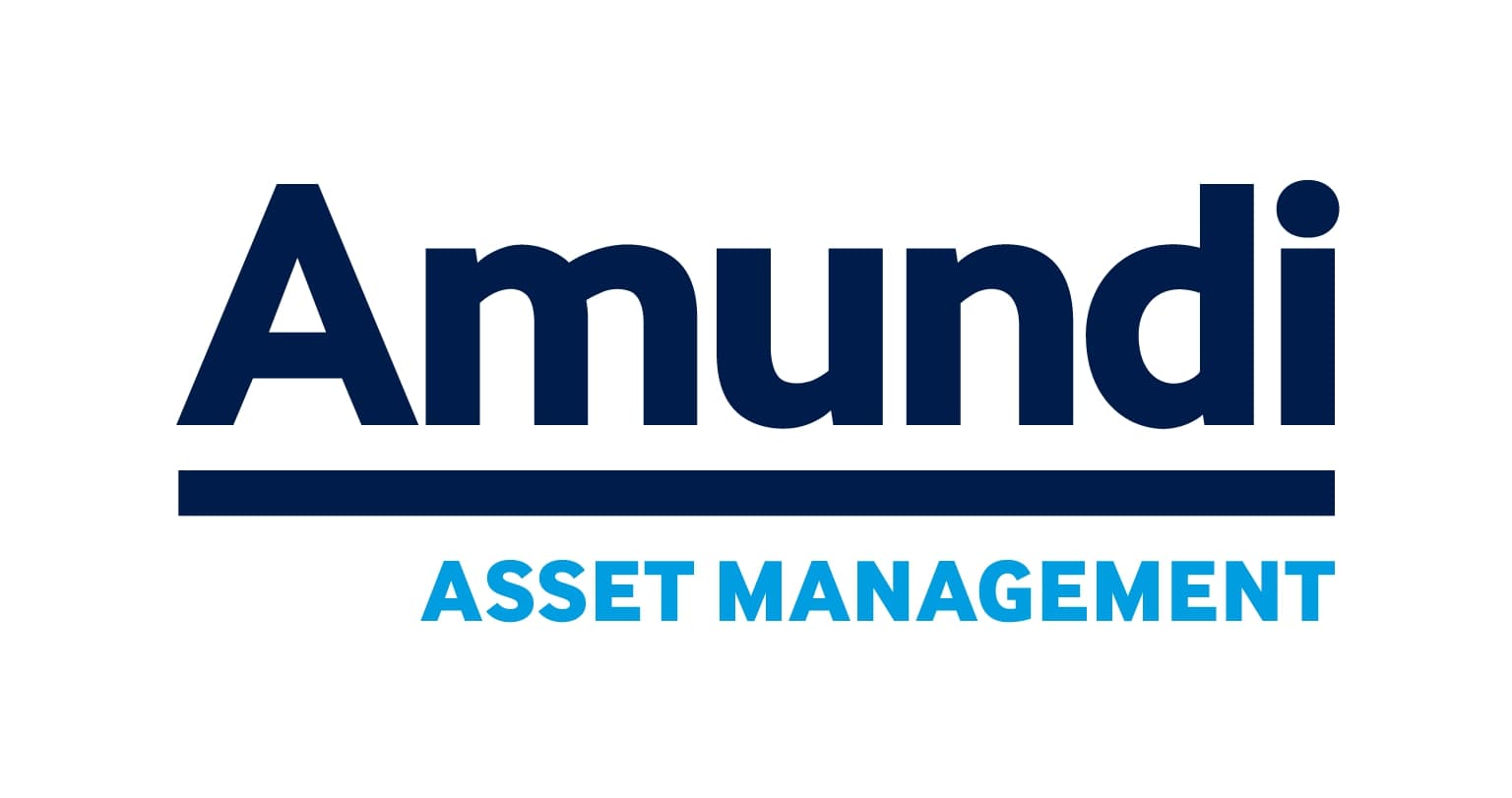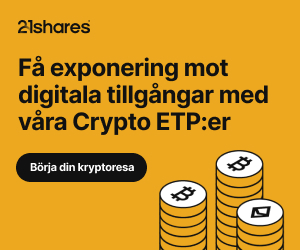ETFS Multi-Asset Weekly – US Equities Outpace Eurozone, as USD Strength Hits Commodities (For Now)
Highlights
- Arabica coffee jumps over 14% in a week on supply fears.
- US energy infrastructure continues to benefit from the surge in US oil supply.
- US jobs confirm robust recovery and fuel further USD upside momentum.
While negative sentiment towards commodities and global equities prevailed last week, stronger fundamentals helped to lift the US energy infrastructure sector and the US Dollar. The striking improvement in the US economy and labour market should be supportive of cyclical assets once investors return to focus on the positive underlying conditions. With US non-farm payrolls surprising the market on the upside last week, investors will be keeping a close eye on the FOMC minutes this week as the recent conservative tone of the Fed could change quickly if the economic rebound continues, keeping USD buoyant.
Commodities
Arabica coffee jumps over 14% in a week on supply fears. Brazil’s worst drought in decades saw Arabica coffee prices soaring 88% since the beginning of the year. Prices have been rising on the back of fears that continued dry weather in Brazil, the biggest producer, might negatively impact next year crop. However, exports continued to increase despite fears of 2015 tightness. Wheat also continued to rise last week, as elevated domestic prices for the grain in Russia rendered Russian supply non-competitive on the market. Russia is a major player in the wheat market, accounting for 10% of global wheat exports in 2013. Meanwhile, nickel lost over 7% last week, as LME stocks surged 37% this year. However, with Indonesia, the biggest producer, sticking to an ore export ban that has already reduced the expected surplus, the recent correction appears excessive.
Equities
US energy infrastructure continues to benefit from the surge in US oil supply. The Solactive US Energy Infrastructure MLP Index TR increased by 1.3% as US oil supply nears its level 30 years ago. Meanwhile, president Draghi indicated last Thursday that it will continue to keep policy supportive of the Eurozone economy, keeping interest rate low at 0.5%. The ECB meeting failed however to support European stocks, down for the second consecutive week on lower-than-expected manufacturing PMI for September, reinforcing growth worries in the region. Short European indices rose 6% on average over the past week while the EURO STOXX 50® Investable Volatility Index witnessed its highest weekly gain since February 2013, up 10.1% over the same period. In contrast, the MSCI China A Index posted gains for the second week in a row supported by better official manufacturing activity in September.
Currencies
US jobs confirm robust recovery and fuel further USD upside momentum. Better-than-expected US jobs highlighted the underlying strength of the labour market and the rising potential of household consumption. Indeed, the unemployment rate dropped below 6% for the first time in six years. While investors will be keeping a close eye on the FOMC minutes this week, the recent conservative tone of the Fed is likely to change quickly if the strength across the economy continues. The dual mandate of the Fed is being confirmed on the jobs front, and we expect inflationary expectations too begin to follow and to move the Fed onto a tightening path in H1 2015. Such expectations necessarily will be supportive of further broad based USD strength. Meanwhile, the UK growth momentum continues to fade. Bank of England policymakers are split on when to rate hikes, we expect the latest developments to help unify the Board, and keep downward pressure on GBP.
Important Information
This communication has been issued and approved for the purpose of section 21 of the Financial Services and Markets Act 2000 by ETF Securities (UK) Limited (”ETFS UK”) which is authorised and regulated by the United Kingdom Financial Conduct Authority (”FCA”).

 Nyheter4 veckor sedan
Nyheter4 veckor sedan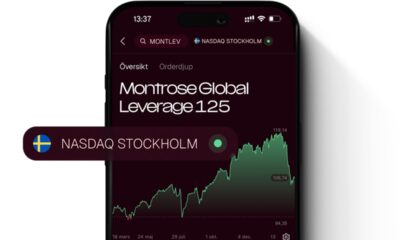
 Nyheter3 veckor sedan
Nyheter3 veckor sedan
 Nyheter4 veckor sedan
Nyheter4 veckor sedan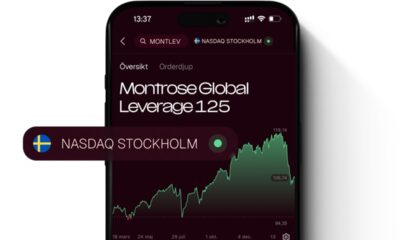
 Nyheter3 veckor sedan
Nyheter3 veckor sedan
 Nyheter3 veckor sedan
Nyheter3 veckor sedan
 Nyheter2 veckor sedan
Nyheter2 veckor sedan
 Nyheter3 veckor sedan
Nyheter3 veckor sedan
 Nyheter2 veckor sedan
Nyheter2 veckor sedan
